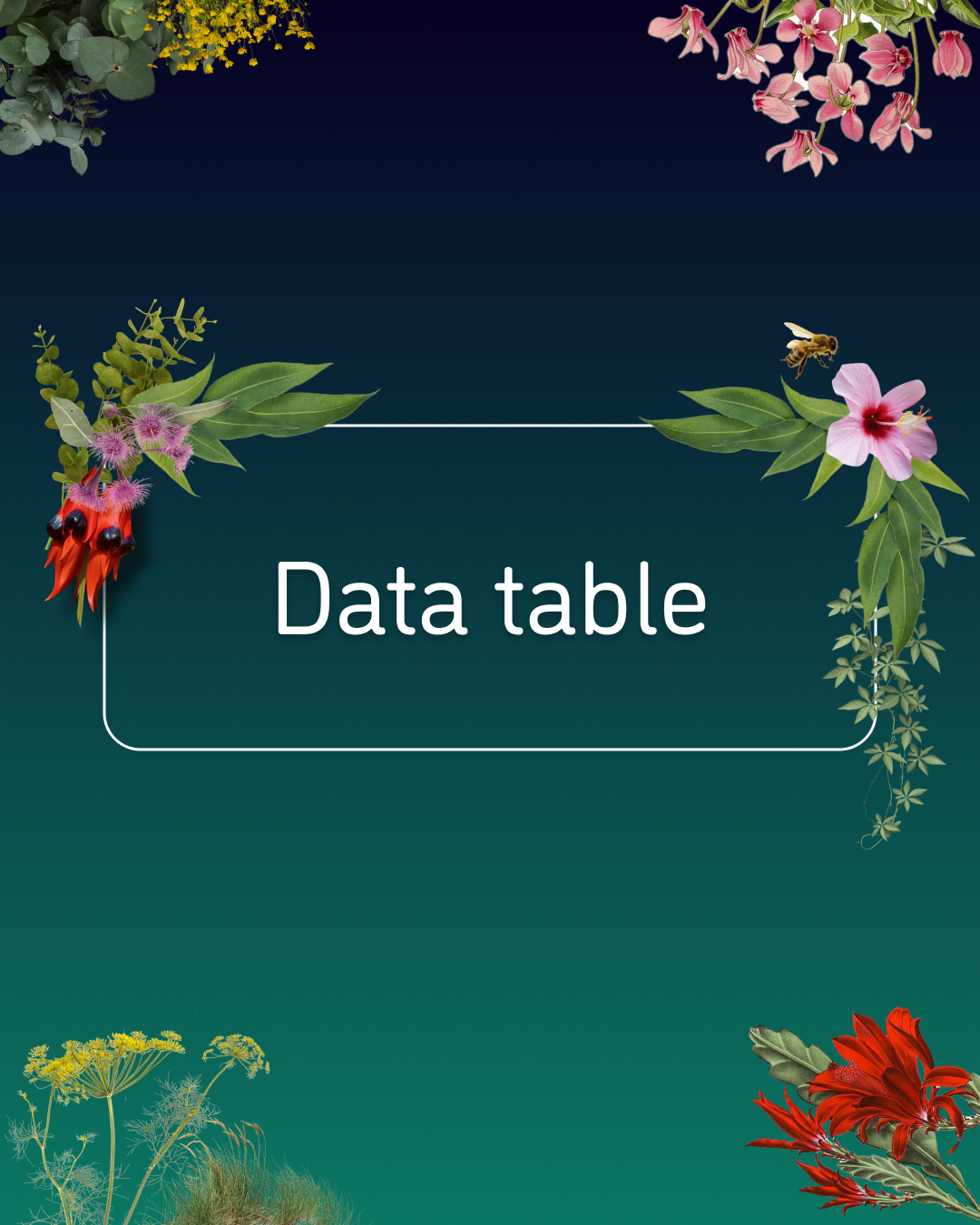Doughnut economics case studies
In this lesson, students will revise features of the circular flow and Doughnut Economic models from the previous lesson (Comparing economic models) before exploring a real-world example of Doughnut Economics in action.
Australia , New Zealand
Worksheet , Fact sheet , Data Table


Overview
In this lesson, students will revise features of the circular flow and Doughnut Economic models from the previous lesson (Comparing economic models) before exploring a real-world example of Doughnut Economics in action. Students will have the opportunity to investigate one of the five solutions presented in the 2040 feature documentary. Groups will evaluate the impact all solutions have on environmental and social wellbeing using a set criteria and star rating system. Students will then reflect individually on the solutions using ‘The Doughnut’ model as a guide.
Learning intentions:
Students will...
- understand the features of the Doughnut diagram
- understand the pressures placed on the planet and the inequality of social wellbeing
- understand possible solutions to an environmental and social problem
Success criteria:
Students can...
- identify and label the Doughnut diagram
- identify the environmental problems and social equalities evident in our world
- explore and evaluate possible solutions to problems that are available today
Credits and acknowledgements:
Curriculum material and mapping has been developed and written by Cool.org.
Cool.org, GoodThing Productions and Regen Studios would like to acknowledge the generous contributions of Good Pitch Australia, Shark Island Institute, Documentary Australia Foundation, The Caledonia Foundation, and our philanthropic partners in the development of these teaching resources.
Watching the film
If your school or institution has a ClickView subscription, you can access 2040 on the ClickView platform.
If you do not have access to ClickView, you can purchase an educational licence to screen the film to your class and request a streaming link to share with your students. Please complete the Host a Screening form on our website and our team will be in touch to assist you.
The educational licence is for primary and secondary schools who wish to utilise the film as a learning tool or host on-site screenings for the school community.
Curriculum mapping
What you'll need
- Lesson materials
- Device capable of presenting a video to the class
- Devices for students to watch clips in small groups or individually
- Chalk, masking tape or sports markers
Lesson materials
More from this unit

Stay informed and inspired
Sign up to receive the latest updates and inspiring stories in your inbox.
By subscribing you agree to with our Privacy Policy
Subscription error. Please try again!
Great! You're all signed up
Check your email to confirm your subscription and get ready to dive into the latest.
We acknowledge the Traditional Owners of the land on which we live, work and play. We support the Uluru Statement from the Heart and welcome the introduction of a First Nations Voice to Parliament. We recognise their deep spiritual and cultural connections to Country and their role in caring for and Basetaining Country. We acknowledge that this land, of which we are beneficiaries, was never ceded. We are especially grateful for the contributions of the many First Peoples involved in our projects and their generosity in sharing their culture and knowledge with us. We pay our respects to Elders past, present and future. Aboriginal and Torres Strait Islander peoples should be aware that this website may contain images, voices or names of deceased persons in photographs, film, audio recordings or text.
Thank you to our Philanthropic Partners:




APS Bloom Funding Circle
Prior Family Foundation
Nick & Sandra Fairfax
Lisa Barlow








-
© 2024 Regenerators. All rights reserved. Platform by Speckle Digital.






